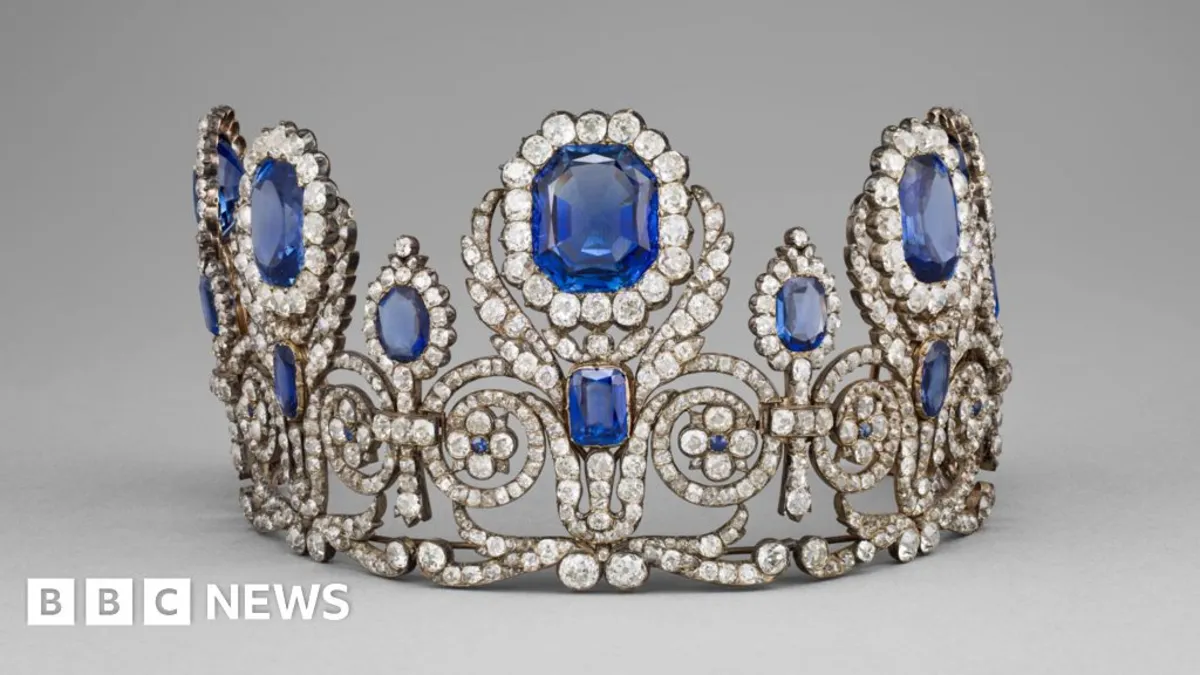
In a significant development following the Louvre theft that occurred two weeks ago, two men have been arrested and have partially acknowledged their involvement in this audacious heist. According to officials, these suspects are believed to be the individuals who utilized power tools to gain unauthorized access to the museum's prestigious Apollon gallery, leading to the theft of some of the French crown jewels.
The brazen burglary took place on October 19, when four thieves broke into the world’s most-visited museum in broad daylight, making off with items valued at an astonishing €88 million (approximately £76 million or $102 million). Paris prosecutor Laure Beccuau revealed that, despite the arrests, the stolen jewels have yet to be recovered. Furthermore, there is a growing suspicion that the gang involved may consist of more members than just the four individuals captured on CCTV.
The two arrested men, both in their thirties, have prior criminal records and were identified through DNA evidence collected during the investigation. One suspect was apprehended while attempting to board a one-way flight to Algeria. Beccuau clarified that the other suspect had no intentions of leaving France, contrary to earlier media reports.
Prosecutor Beccuau emphasized that, at this stage, there is no evidence to suggest that the theft was an inside job, indicating that none of the museum staff were involved. However, she did not dismiss the possibility that the operation might extend beyond the four suspects visible on the CCTV footage, including individuals who may have been waiting to receive the stolen jewels.
Expressing hope for the recovery of the stolen items, Beccuau stated, "I want to remain hopeful that the jewels will be found and they can be brought back to the Louvre, and more broadly to the nation." Among the stolen items was a crown that once belonged to Empress Eugenie, the wife of Napoleon III, which was reportedly dropped by the thieves during their escape. The extent of the damage to the crown is still being evaluated.
On the day of the robbery, the suspects arrived at the Louvre at 09:30 AM (08:30 GMT), shortly after the museum opened its doors to visitors. They employed a stolen vehicle-mounted mechanical lift to access the Galerie d'Apollon via a balcony overlooking the River Seine. Within a mere four minutes, they used a disc cutter to break into display cases and swiftly fled the scene on two scooters waiting outside, before switching to cars and heading east. Remarkably, no visitors were threatened during the raid, as confirmed by Beccuau.
In the aftermath of this theft, security protocols around France's cultural institutions have been significantly tightened. In a strategic move to protect its valuables, the Louvre has transferred some of its most precious jewels to the Bank of France. These treasures will now be safeguarded in the Bank's most secure vault, located 26 meters (85 feet) below ground level in its elegant Paris headquarters.
This incident underscores the ongoing challenges faced by cultural institutions in safeguarding invaluable artifacts and highlights the importance of robust security measures to prevent future thefts.